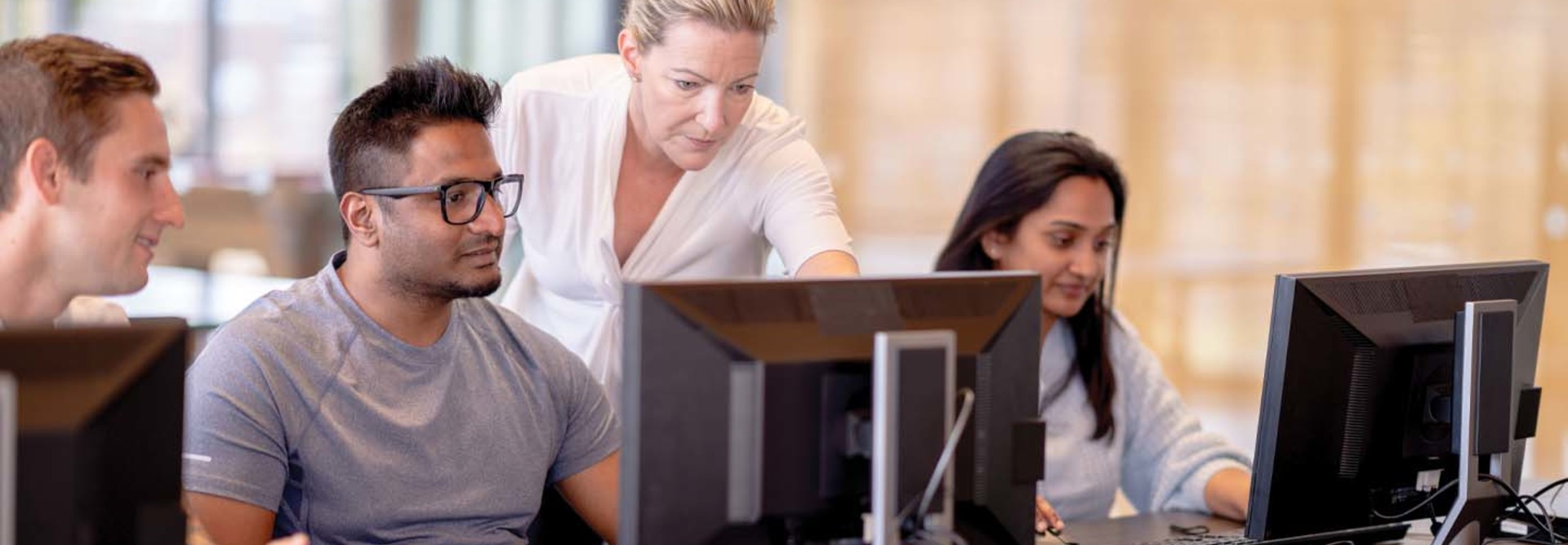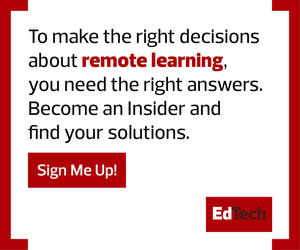The BSP/EVC partnership began in May 2021 with an infectious disease training program for janitorial workers. EVC, a two-year public institution, provided the resources and education while BSP acted as the industry conduit, linking companies and employees, including unionized workers represented by SEIU-USWW, with free training. The class covered topics such as how to prevent COVID-19 and recognize symptoms of the illness, and included information about vaccines and contact tracing. The overarching goal was to raise awareness about misinformation.
“Working with Building Skills Partnership aligned with our college mission of expanding skill sets for unmet populations and tackling equity issues,” says Maniphone Dickerson, division dean of business and workforce development at EVC. “The people hired as custodial staff are predominantly English as a Second Language learners who have limited access to postsecondary education, tools and opportunities to continue their education. Even though these workers are essential staff, there is a disparity in providing skills training that provides direct access to educational attainment to increase economic mobility.”
The bilingual course was conducted online, where faculty noticed a digital literacy gap among participants. A follow-up survey after course completion highlighted a need for training on navigating and understanding technology for a traditionally marginalized and underserved community.
READ THE CHECKLIST: Discover ways to bridge the the digital literacy gap.
Bridging the Digital Literacy Gap with Students
Although the levels of digital literacy might vary, at its core, it’s a competency and access issue. Many people lack the hardware, computer, internet access and other digital components needed to benefit from online resources.
“Digital literacy is being able to navigate a new digital world by fully engaging as a digital citizen,” Sandoval says. “As everything’s moved online, it’s been really challenging. We’re having to overcome multiple barriers.”
By combining efforts, BSP and EVC are working to fill this gap by launching a digital literacy certificate. The curriculum is designed for individuals with zero knowledge of technology. The noncredit pathway will be free to students, who can use EVC’s loaner system to rent laptops.
The plan is to offer the certificate in spring 2023, although interested students can begin now and receive digital badges, representing upskill training. Classes include Introduction to Google Apps, Getting Started with Smartphones and Microsoft Office 365 Basics.
“We saw that the digital literacy gap was amplified, even when using a bilingual platform, because there’s still a component of getting familiar with the menus and applications,” says Dickerson. “Even though you set the device for a certain language, some icons might not be culturally relevant.”
READ MORE: Information on bridging the technology knowledge gap in higher ed.
By teaching digital literacy, the partnership is also providing an opportunity for continued education, upward mobility and the skills to live in an increasingly digital world.
“We know the needs and how the industry works, while the college has an immense amount of resources and expertise,” says Sandoval. “When we come together in this effort, we’re able to create something that’s of value not only to the industry, but also to the workers and community as a whole. That’s the real beauty in this type of partnership.”
Both BSP and EVC agree that adult learners’ needs should always be at the center of the agenda. The teams meet weekly to conduct in-depth case management of each participant in their programs. Dickerson shares that, of 15 people who recently completed the infectious disease training, five want to come back for an English as a Second Language course.
“By partnering with a nonprofit, community-based organization that had a direct connection to the population, we were able to understand what was needed for the students versus assuming what digital literacy should look like,” says Dickerson.











